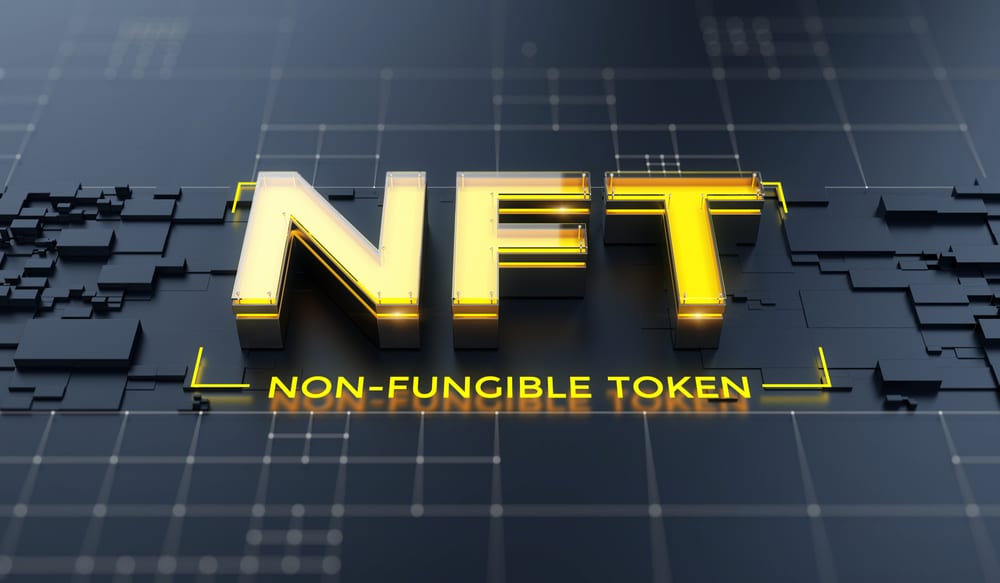A Guide to Passive Income through Peer-to-Peer Lending

Traditional investment options often yield minimal returns. As a result, many investors are exploring alternative avenues for generating passive income, with peer-to-peer (P2P) lending gaining significant popularity. This comprehensive guide will walk you through the process of earning passive income through P2P lending, providing the knowledge and tools needed to make informed decisions.
Peer-to-peer lending, or P2P lending, is an online lending model that allows individuals and businesses to borrow money from a group of investors without the involvement of traditional financial institutions like banks. P2P lending platforms serve as intermediaries, connecting borrowers and lenders directly.
How Does P2P Lending Work?
- Registration: Start by signing up on a reputable P2P lending platform. You’ll be required to provide personal and financial information for eligibility assessment.
- Browse Listings: After registering, explore loan listings. These listings include borrower details, loan purpose, interest rates, and loan terms.
- Investment Selection: Choose the loans you wish to invest in, considering your risk tolerance, investment objectives, and borrower profiles.
- Investment Amount: Decide how much you want to invest in each loan. Diversifying your investments across multiple loans helps manage risk.
- Funding: Transfer the selected amount into your P2P lending account to fund your chosen loans.
- Earn Passive Income: As borrowers make monthly repayments, you receive a portion of the interest and principal, generating passive income.
Choosing the Right P2P Lending Platform
Not all P2P lending platforms are created equal. It’s crucial to choose a platform aligned with your investment goals and offering a secure, user-friendly experience. Key factors to consider include:
- Reputation and Track Record: Research the platform’s history, user reviews, and performance. Well-established platforms with positive reputations are typically more reliable.
- Loan Types: P2P lending platforms may specialize in personal loans, business loans, real estate, or other niches. Select a platform matching your preferred loan type.
- Risk Assessment: Opt for platforms that evaluate borrower risk and assign credit ratings, aiding informed investment decisions.
- Diversification: Platforms offering a variety of loans enable portfolio diversification, reducing risk.
- Fees: Understand the platform’s fee structure, including transaction fees and account management charges, as they can impact your overall returns.
Managing Risk in P2P Lending
P2P lending entails risks that demand careful management:
- Default Risk: Borrowers may default on loans, leading to potential loss of principal and interest. Diversification and selecting loans with lower default rates mitigate this risk.
- Market Risk: Economic downturns can affect borrowers’ ability to repay loans. Monitor market conditions and adjust your investment strategy accordingly.
- Platform Risk: The platform itself may face financial or operational issues. Opt for platforms with solid reputations and contingency plans.
- Lack of Liquidity: P2P loans lack the liquidity of traditional investments. Accessing your funds may be limited until the loan term concludes.
- Regulatory Changes: Keep abreast of evolving P2P lending regulations, as they can influence your investments.
Building a Diversified Portfolio
Diversification is crucial to risk reduction in P2P lending:
- Spread Your Investments: Rather than investing heavily in a single loan, allocate your investments across numerous loans. This minimizes the impact of any single loan default.
- Vary Loan Types: Invest in a mix of loan types, such as personal, business, and real estate loans, as they may perform differently under various economic conditions.
- Choose Different Risk Profiles: Balance your portfolio by investing in loans with varying risk levels, from low-risk to high-risk. Higher-risk loans often offer higher interest rates but carry greater default risk.
- Regularly Reinvest: As you receive repayments from borrowers, reinvest the funds in new loans to maintain a diversified portfolio.
Monitoring and Adjusting Your Portfolio
Effectively managing your P2P lending portfolio is an ongoing process:
- Review Loan Performance: Keep tabs on how your loans are performing. If borrowers start missing payments, follow platform guidelines for appropriate action.
- Reinvest Returns: Consider reinvesting repayments and interest to maximize passive income.
- Adjust Risk Exposure: Periodically reassess your risk tolerance and adjust your portfolio by adding or removing loans with different risk profiles.
- Stay Informed: Stay updated on industry news, platform updates, and economic trends that may impact your investments.
Tax Implications of P2P Lending
Earnings from P2P lending may be subject to taxes. It’s vital to understand the tax implications in your jurisdiction and plan accordingly:
- Interest Income: Interest earned through P2P lending is usually considered taxable income. Ensure accurate reporting on your tax returns.
- Capital Gains: Selling loans at a profit on secondary markets may incur capital gains tax liability.
- Tax Deductions: Some expenses related to P2P lending, like platform fees or bad debt losses, may be tax-deductible.
- Consult a Tax Professional: For compliance with tax laws, seek guidance from a tax professional or accountant well-versed in P2P lending taxation.
DISCLAIMER: It's essential to understand that the articles on this site are not meant to serve as, nor should it be construed as, advice in legal, tax, investment, financial, or any other professional context. You should only invest an amount that you are prepared to lose, and it's advisable to consult with an independent financial expert if you're uncertain. To obtain more information, kindly examine the terms of service and the assistance and support resources made available by the issuing or advertising entity. Our website is committed to delivering accurate and unbiased news, yet it's important to note that market conditions may change rapidly. Also, be aware that some (but not all) articles on our site are compensated or sponsored.








